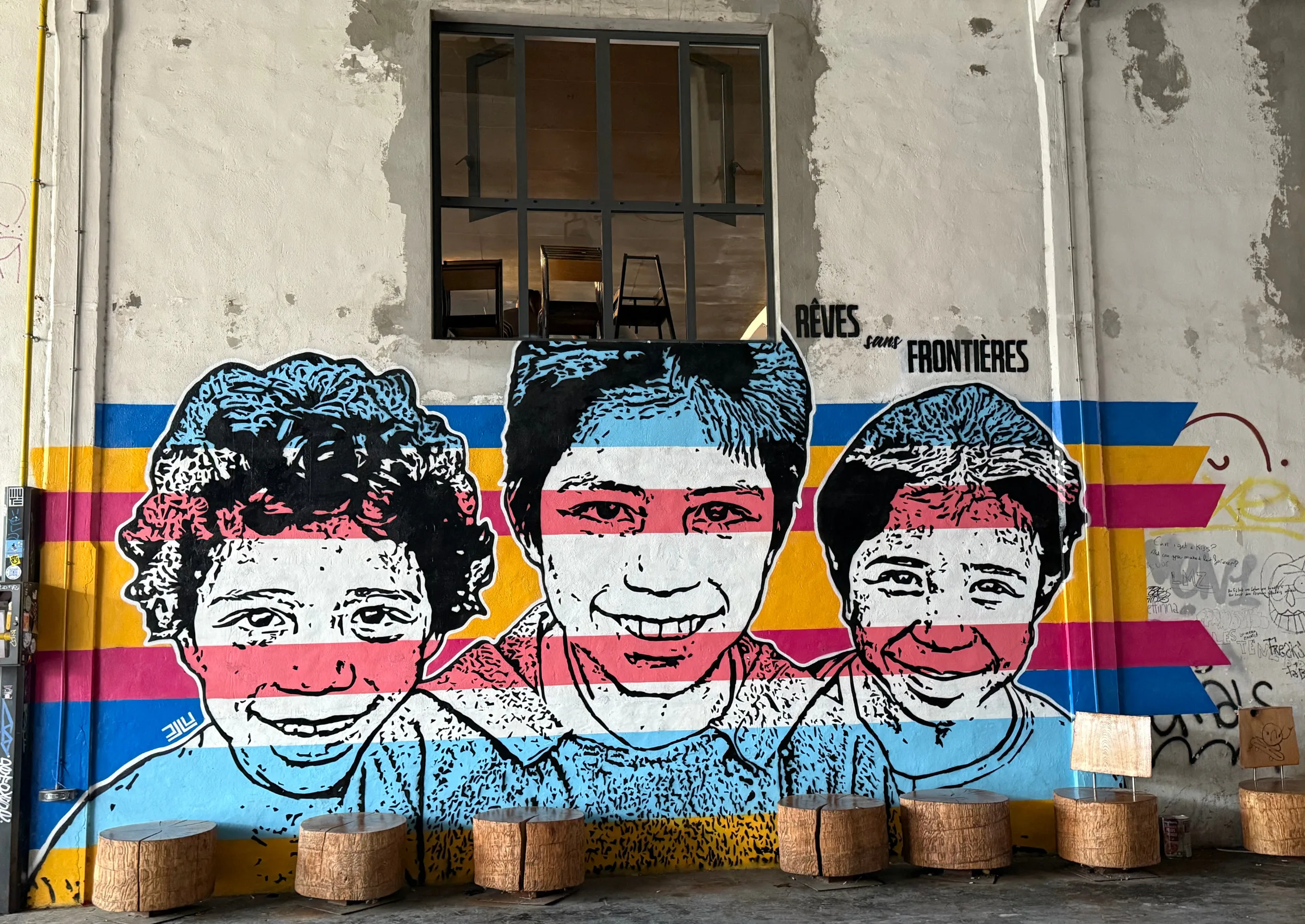A new AHRC-funded Research Network, InnoPSM, at the University of Westminster brings together European practitioners, policymakers and scholars to innovate for better organisational and public policies for PSM.
InnoPSM will connect with other ongoing policy, stakeholder and academic-driven initiatives focusing on public service media. The project will work in collaboration with Dr Caitriona Noonan and Professor Stuart Allan of the Creative Industries Policy & Evidence Centre (PEC), based at Cardiff University, to learn from their findings and insights.
The current debate on public service media (PSM) is a paradox. The policy backlash against profit-driven digital platforms and exacerbating forms of market failure in media provision, and of ‘quality’ journalism in particular, have weakened long-standing arguments grounded in neo-liberal thinking about the supremacy of free market forces in the delivery of media services.
This seems like good news for PSM institutions. The role they can play in promoting the public interest is being reappraised. However, the dominant narrative still represents ‘public service broadcasters’ in a state of near-irreversible decline. The argument is not new: since at least the 1980s public service broadcasting has been framed as experiencing a crisis. Yet, it seems that never before has the scale of challenges facing PSM institutions been so great, both commercial and political ones, and both in mature and ‘emerging’ PSM contexts.
The situation calls for rethinking policies and strategies of PSM institutions themselves, as well as public policies that influence PSM. Many policy dilemmas, while national, are replicated in today’s global media ecosystem in a similar form elsewhere. Public service media need to consult, and collaborate, with a multitude of stakeholders to find novel and sustainable solutions. Researchers working in the field need to rethink their research agenda and become engaged scholars, ready to listen and dive deep in the spectrum of challenges faced by PSM.
This is why the project, Research Network on Innovation in Public Service Media Policies (InnoPSM), seeks to encourage dialogue between academia and key PSM stakeholders. Funded by the Arts & Humanities Research Council (AHRC), the 10-month project is an international collaboration between the University of Westminster (Dr Alessandro D’Arma) and the University of Helsinki (Dr Minna Horowitz) with the support of a number of key PSM stakeholders, including the BBC, other PSM organisations (YLE of Finland, ORF of Austria), as well as the two largest global associations of public media organisations (the European Broadcasting Union-EBU and the Public Media Alliance-PMA). The project will work in collaboration with Dr Caitriona Noonan and Professor Stuart Allan of the PEC, based at Cardiff University, to learn from their findings and insights.
Take the loss of young audiences as an example of a multi-dimensional challenge for public service media. Yes, the question is about attractive content that speaks for the target audiences, but it is equally about discoverability of that content, as well as of changing habits of content consumption in general. In the UK, a new report from media regulator Ofcom has shed light into the scale of the erosion in traditional TV viewing. One of the report’s highlights was that the amount of traditional TV viewing among 16 to 24-year-olds has almost halved since 2010 – from 169 minutes a day to 85 minutes a day last year.
The main beneficiaries of this massive shift in young people’s viewing habits have been digital streaming services, Netflix and Youtube above all. The decline in a particular form of viewing associated with a particular distribution technology does not necessarily undermine the whole PSM edifice. The shift in terminology from public service broadcasting to public service media, notwithstanding the vagueness with the latter term, conveys such a vision and ambition. Still, creating multi-platform content and utilising innovations such as Artificial Intelligence, while negotiating the risks and rewards of innovations in terms of the public service remit, is no small feat. Innovation is also costly. And few public service media institutions have benefited from increased budgets in recent years.
The Innovation in Public Service Media Policies network will be launched in September 2019. It will organise a series of stakeholder-academia workshops on the key issues highlighted above:funding; innovation in content and service provision; distribution and discoverability of content of PSM services; and new forms of accountability facilitated by digital technologies.
The project will seek to expand the pool of academic expertise to be called on to offer insights and knowledge relevant to inform the debate on PSM. Given the complex nature of the digital challenges facing PSM organisations, existing at the intersection of business, law, ethics and technology, there is an urgent need for the development of interdisciplinary research in which ‘traditional’ PSM scholars based in media and journalism studies departments are joined by academics with a wide range of disciplinary expertise including legal scholars with a sophisticated understanding of freedom of expression and privacy issues, media economists, and technology-oriented scholars studying algorithmic-driven digital platforms.
Within the project, ‘policy innovation’ includes not only regulatory policy but also organisational strategies, and the interplay of the two. We will be focusing on the digital challenges confronting PSM institutions in countries such as the UK and the Nordic countries that are at the forefront of technological innovation and where the PSM policy debate is most advanced. We are mindful that public service media content is also delivered outside the institutional boundaries of PSM organisations, through decentralised forms of not-for-profit media or via provision by the regulated commercial sector, but we take the view that scale is paramount in an emerging world of a handful of globally-operating digital platforms, and hence the greatest impact can be achieved through a mandated and accountable institutional provider of PSM content with a public service ethos instilled over long period of time.
The PEC’s blog provides a platform for independent, evidence-based views. All blogs are published to further debate, and may be polemical. The views expressed are solely those of the author(s) and do not necessarily represent views of the PEC or its partner organisations.
Photo by Caroline Grondin
Related Blogs
Why do freelancers fall through the gaps?
Why are freelancers in the Performing Arts consistently overlooked, unseen, and unheard?
Insights from the Labour Party Conference 2025
Creative PEC Policy Adviser Emily Hopkins attended the Labour Party Conference in September 2025.
Association of South-East Asian Nations’ long-term view of the creative economy
John Newbigin examines the ASEAN approach to sustainability and the creative economy.
Take our Audience Survey
Take our quick survey and you might win a National Art Pass.
Culture, community resilience and climate change: becoming custodians of our planet
Reflecting on the relationship between climate change, cultural expressions and island states.
Cultural Industries at the Crossroads of Tourism and Development in the Maldives
Eduardo Saravia explores the significant opportunities – and risks – of relying on tourism.
When Data Hurts: What the Arts Can Learn from the BLS Firing
Douglas Noonan and Joanna Woronkowicz discuss the dangers of dismissing or discarding data that does…
Rewriting the Logic: Designing Responsible AI for the Creative Sector
As AI reshapes how culture is made and shared, Ve Dewey asks: Who gets to create? Whose voices are e…
Reflections from Creative Industries 2025: The Road to Sustainability
How can the creative industries drive meaningful environmental sustainability?
Creating value: the creative economy beyond culture by Marta Foresti
Marta Foresti explains the value of international cooperation as she becomes Chair of the GCEC.
Taking stock of the Creative Industries Sector Plan
We summarise some of the key sector-wide announcements from the Creative Industries Sector Plan.
Conversations between the Global North and South
Unsettling and reordering the creative economy












